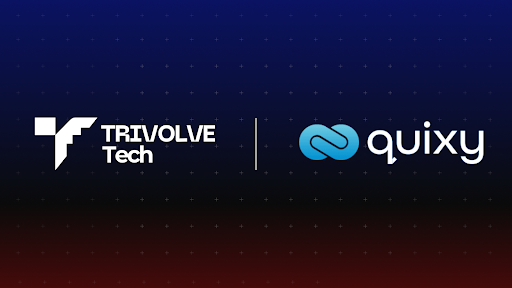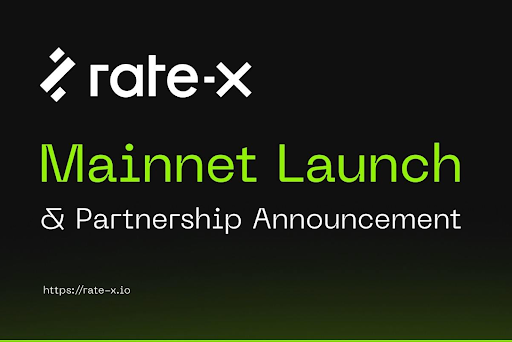HyPerSun has announced the launch of its DeFi governance token dubbed HPS. Per the foundation’s open letter to the community about the HPS Genesis Mining, the blockchain-based firm hopes that HPS will become a nexus for sincere community-builders to collaborate on the TRON ecosystem.
The HPS token is “Designed as the quintessential Bitcoin equivalent on the TRON network, HPS features zero venture capital (VC) investments, zero private equity investments, no pre-mining or reserves for the team, and is wholly operated by the community through its open-source smart contracts. We want to build HPS into a grand social experiment while paying tribute to the spirit of decentralization as advocated by Satoshi Nakamoto.” the official announcement reads.
With Decentralized Finance (DeFi) lending platforms making tremendous headway in reaching new customer milestones, the importance of their respective governance tokens has been prominent. The HPS token will be to the TRON DeFi ecosystem what such tokens as LEND, DAI, etc. are to the Aave and MakerDAO ecosystems.
HPS Token to Drive Greater Adoption of Cryptocurrencies
As a DeFi community governance token, the HPS token is a ‘meme’ coin designed with encryption and artistic expression in focus. The Tron foundation hopes that the coin will join in driving greater adoption of digital tokens in the crypto sphere.
“We respect and appreciate crypto culture featuring humor and self-mockery, which is a critical source of power that continuously drives the spirited adoption of cryptocurrency.” the firm noted
HPS as a community governance token will help holders to discuss, vote, and help implement unique proposals in the Tron ecosystem. Per the announcement, the HPS token genesis mining is initiated as a grand social experiment, where everyone participating in Genesis mining will become part of the community and help guide its future.
With no reserve mining by the developers, the foundation hopes to make transparency the bedrock of the new project.
WHAT IS HYPER HPS?
HPS is a digital asset, abbreviation for HyPerSun, based on TRC20.Standard used for tokens within smart contracts in the TRON block chain.
We are old friends of Justin Sun and a group who strive for expansion and stable settlement of the Blockchain ecosystem.
To ensure the stable governance of HPS project, we, HyPerSun, will lead many experimental and adventurous decentralization policies, and the actual case data collected through these actions will contribute to the stabilization and independence of the HPS project’s governance policies.
HyPerSon is designed to advance the actual HPS coin ecosystem at a 8X faster rate by adjusting the distribution volume of HPS, mining compensation quantity, reduction cycle, and reduction to a certain rate (which means HyPerSun is faster than HPS), and is operated through fair and voluntary participation by users through smart contracts without any authority from the Foundation.
When is Genesis mining?
Genesis mining for HyPerSun will begin on September 12, 2020 at 13:00(SGT). During the Genesis phase, the user can lock the TRX to participate in Genesis Mining. All funds will be returned via Smart Contract after 3 days at no additional charge. (Source: Medium)
HyperSUN Issuance
HPS is a digital asset, abbreviation for HyperSUN, based on TRC20, the Technical standard used for tokens within smart contracts on the TRON blockchain. Total token supply is 79,602,920 HPS.
HyperSUN Distribution
The distribution of the HyPerSUN is completely decentralized via mining based on the smart contract. The only way to mine HyPerSUN is to stake TRX or other tokens(HPS, BTT, JST, USDT, USDJ).
Mining Method
Genesis Mining: Stake TRX into HyPerSUN’s smart contract. After the completion of
Genesis Mining, the smart contract will reward HyPerSUN and refund all assets back
to users’ accounts, charging no handling fees.
Regular Mining: At this stage, HPS, BTT, JST, USDT, USDJ, high-quality community
projects, and some liquidity mining pools will be set up. Users can participate in
mining by staking certain tokens.
Mining Timeline
HyPerSUN Genesis Mining will formally kick off on September 12, 13:00(SGT) and
ends on September 16 01:00(SGT). Regular Mining of TRX mining pool will start
right after the end of Genesis Mining.
Genesis Mining starts at 2020/9/12 13:00 SGT running for 84hours.
Regular Mining starts at 2020/9/16 01:00 SGT
We will celebrate the official launch of HPS by naming that day ‘HyPerSUN Bigbang’.
Mining Reward
Genesis Mining: Every 24hours, 3,721,204 HPS will be mined. A total of 7,442,408
HPS can be mined in 84hours, equivalent to 9.34% of the total supply.
Regular Mining in the TRX mining pool: Every 42hours, the amount of minable HPS will be decreased by 20%.
In First 42hours, 3,382,912 HPS will be mined.
In the Second 42hours, 2,706,328 HPS will be mined.
In the Third 42hours, 2,165,064 HPS will be mined.
And so on and so forth.
A total of 16,438,464 HPS can be mined, equivalent to 20.65% of the total supply.
Regular Mining in the other mining pools: A total of 55,722,044 HPS will be mined, equivalent to 70% of the total supply.
Official Website: https://hypersun.io/#/
Medium: https://medium.com/@hypersun.io
Twitter: https://twitter.com/hypersun_io
Whitepaper: https://hypersun.io/static/HyPerSun_whitepaper_en.pdf
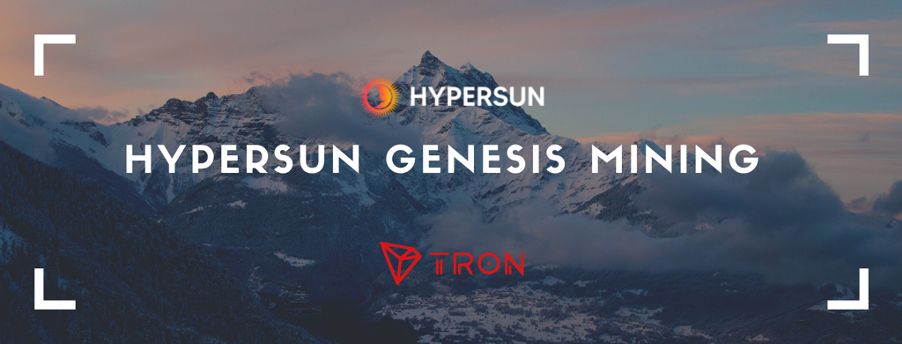



 Crypto2 years ago
Crypto2 years ago
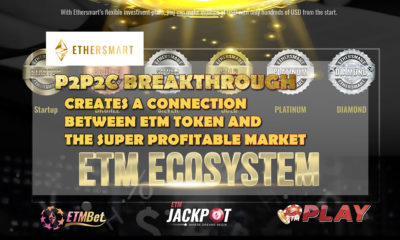

 Press Release4 years ago
Press Release4 years ago
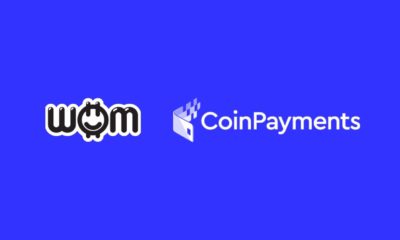

 Blockchain4 years ago
Blockchain4 years ago


 Press Release4 years ago
Press Release4 years ago
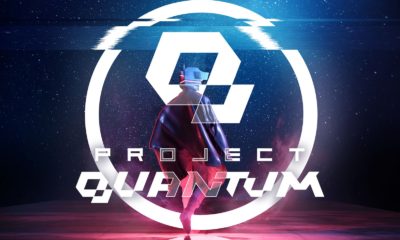

 Press Release3 years ago
Press Release3 years ago


 Blockchain4 years ago
Blockchain4 years ago
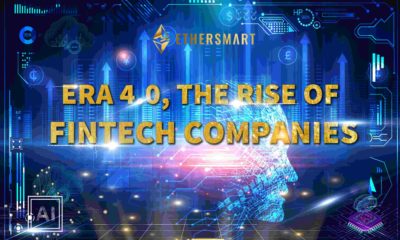

 Press Release4 years ago
Press Release4 years ago
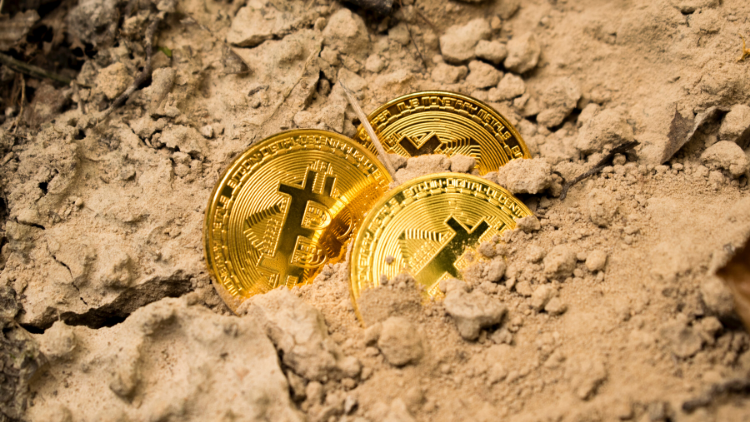

 Blockchain4 years ago
Blockchain4 years ago
